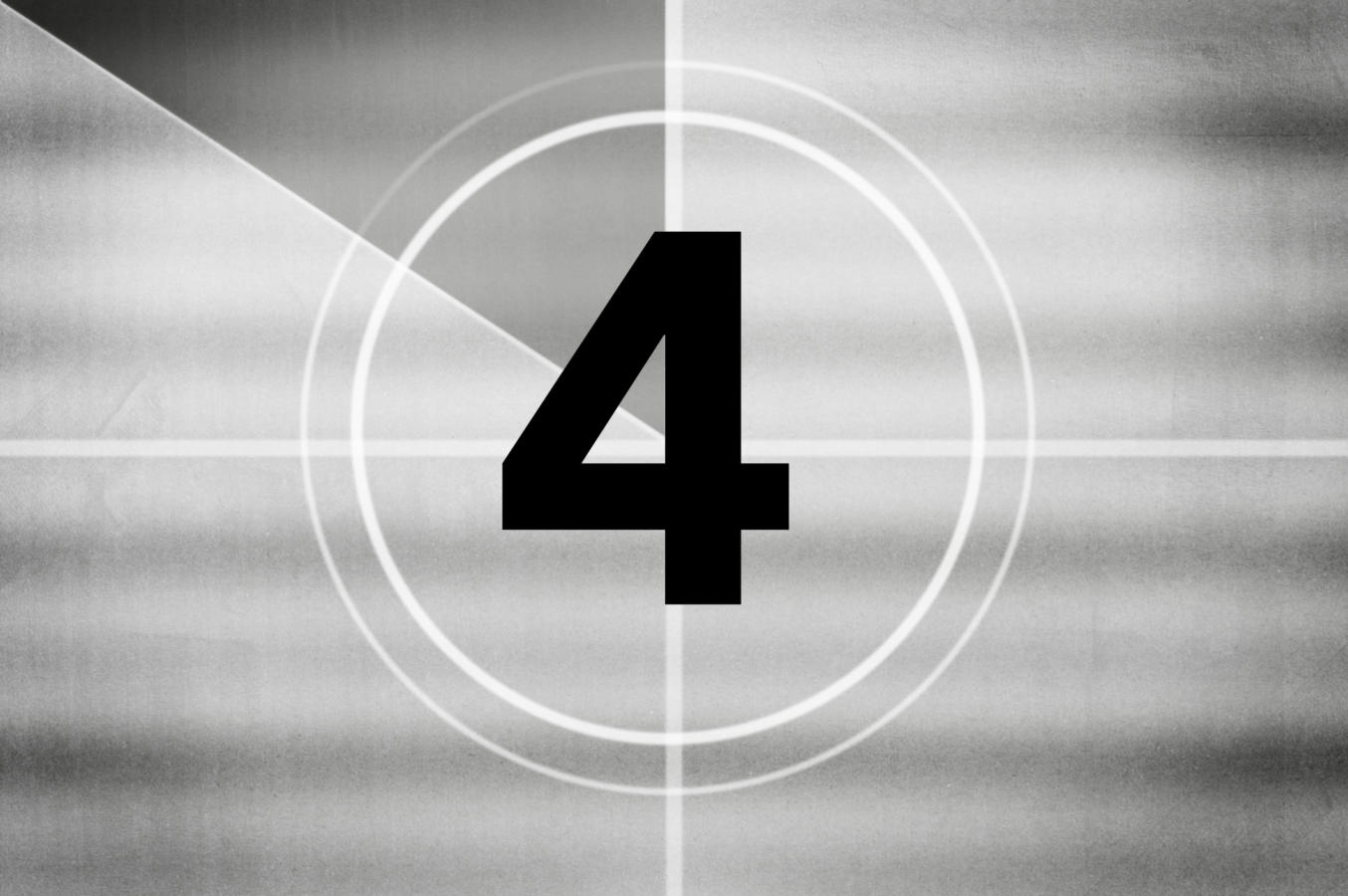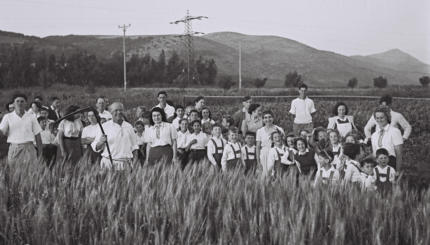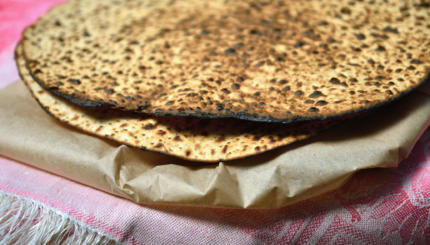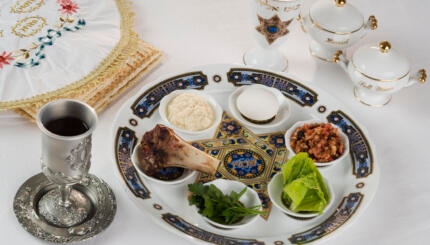Despite the late hour and exhaustion (not to mention wine), many a Jewish mind has wondered long and hard during a Passover about all the ’s “fours.” Four questions, four sons, four expressions of redemption, four cups. There’s clearly a numerical theme here.
While some may superficially dismiss the Haggadah as a mere compendium of random verses and songs, it is in truth a subtle and wondrous educational tool, with profound Jewish ideas layered through its seemingly simple text. The rabbis who formulated its core, already extant in pre-Talmudic times, wanted it to serve as a tool for planting important concepts in the hearts and minds of its readers–especially its younger ones, toward whom the seder, our tradition teaches, is aimed. And so the authors of the Haggadah employed an array of pedagogical methods, including songs, riddles, and puzzles, as means of conveying deeper understanding. And they left us clues, too.
When it comes to the ubiquitous “fours,” we might begin by pondering the essential fact that Passover is when the Jewish people’s identity is solemnly perpetuated. The seder is the ritual instrument through which each Jewish generation inculcates our collective history and essence to the next. Which is likely a large part of the reason that so many Jewish parents who are alienated from virtually every other Jewish observance still feel compelled to have at least some sort of seder, to read a Haggadah, or even–if they have strayed too far from their heritage to comfortably confront the original–to compose their own. (I once joked before an audience that a “Vegetarian Haggadah” would likely appear any year now, and someone in attendance later showed me precisely such a book, though it lacked the “Paschal Turnip” I had imagined.)
And so the role we adults play on night, vis-a-vis the younger Jews with whom we share the experience, is a very specific one. We are teachers, to be sure, but it is not information per se that we are communicating, but something more: identity.

Help us keep Jewish knowledge accessible to millions of people around the world.
Your donation to My Jewish Learning fuels endless journeys of Jewish discovery. With your help, My Jewish Learning can continue to provide nonstop opportunities for learning, connection and growth.
At the seder, we are seeking to instill in our children the realization that they are not mere individuals but rather part of a people, members of a nation unconstrained by geographical boundaries but linked by history and destiny. We seek to impress them with the fact that they are links in a shimmering, ethereal chain stretching back to the Jewish nation’s birth, to when it was divinely redeemed from mundane slavery in Egypt and entered a sublime servitude of a very different sort–to God–at Sinai.
So, on Passover, as we celebrate the birth of the Jewish nation and plant the seed of Jewish identity in the minds of smaller Jews, we are in a sense ourselves “birthing”–giving life to the Jewish future. And, while it may be the father who traditionally leads the seder, he is acting not as teacher but rather in something more akin to a maternal role, as a spiritual nurturer of the children present.
Jewish identity, indeed, is dependent on mothers. According to halakhah [Jewish law], or Jewish religious tradition, while a Jew’s tribal genealogy follows the paternal line, whether a child is a member of the Jewish people or not depends entirely on the status of his or her mother.
It’s only speculation, but might the recurrent numerical theme in our exquisite Haggadah, employed each year to instill Jewish identity, be reminding us of that? After all, the book has its own number-decoder built right in, toward its end, where most good books’ keys and indexes are found. It’s a little hazy once it’s reached, after four cups of wine, but it’s unmistakably there: “Echad Mi Yodea” or “Who Knows One?”–the song that provides Jewish associations with numbers.
“Who knows four?”
If you don’t, you can look it up.
Reprinted with permission from Am Echad Resources.




